Rise of Edge Computing Solutions
The rise of edge computing is significantly impacting the web3 in-telecommunications market. By processing data closer to the source, edge computing reduces latency and enhances the performance of telecommunications services. In Europe, the edge computing market is projected to grow by 40% by 2027, driven by the increasing demand for real-time data processing. Telecommunications providers are likely to integrate edge computing with web3 technologies to deliver faster and more reliable services. This integration not only improves user experiences but also enables the development of innovative applications, such as IoT solutions and smart city initiatives. Consequently, the web3 in-telecommunications market is poised for substantial growth, as providers leverage edge computing to meet evolving consumer demands.
Increased Demand for Data Privacy
Growing concerns over data privacy are significantly influencing the web3 in-telecommunications market. European consumers are increasingly aware of their data rights, leading to a demand for services that prioritize privacy. According to recent surveys, approximately 70% of European users express a preference for telecommunications services that utilize blockchain technology to secure their data. This trend compels telecommunications companies to adopt web3 technologies that enhance data protection. As a result, the web3 in-telecommunications market is expected to expand, with companies investing in privacy-centric solutions. This shift not only aligns with consumer expectations but also positions providers as leaders in a competitive landscape, potentially increasing market share and customer retention.
Advancements in Blockchain Technology
Technological advancements in blockchain are driving innovation within the web3 in-telecommunications market. The introduction of more efficient consensus mechanisms and interoperability protocols is enabling telecommunications providers to leverage blockchain for enhanced service delivery. In Europe, the market for blockchain-based telecommunications solutions is anticipated to grow at a CAGR of 25% through 2028. This growth is attributed to the increasing need for secure and transparent communication channels. As telecommunications companies adopt these technologies, they can offer improved services such as secure messaging and transparent billing, thereby enhancing customer satisfaction. Consequently, the web3 in-telecommunications market is likely to experience a transformation, characterized by increased efficiency and reduced operational risks.
Regulatory Support for Web3 Innovations
Regulatory frameworks in Europe are evolving to support innovations in the web3 in-telecommunications market. Policymakers are recognizing the potential of decentralized technologies to enhance competition and consumer choice. Recent initiatives, such as the European Commission's Digital Strategy, aim to create a conducive environment for web3 innovations. This regulatory support is expected to facilitate the entry of new players into the telecommunications sector, fostering competition and driving down prices. As a result, the web3 in-telecommunications market may witness an influx of innovative services that cater to diverse consumer needs. This dynamic environment could lead to a more vibrant market landscape, characterized by enhanced service offerings and improved customer experiences.
Emergence of Decentralized Identity Solutions
The rise of decentralized identity solutions is reshaping the web3 in-telecommunications market. These solutions empower users to control their personal data, enhancing privacy and security. In Europe, the adoption of decentralized identity frameworks is projected to increase by 30% by 2026, driven by regulatory support and consumer demand for data sovereignty. This shift not only fosters trust among users but also encourages telecommunications providers to innovate their service offerings. As a result, the web3 in-telecommunications market is likely to witness a surge in user engagement and loyalty, as customers feel more secure in their interactions. Furthermore, the integration of decentralized identity solutions may streamline customer verification processes, reducing operational costs for service providers.


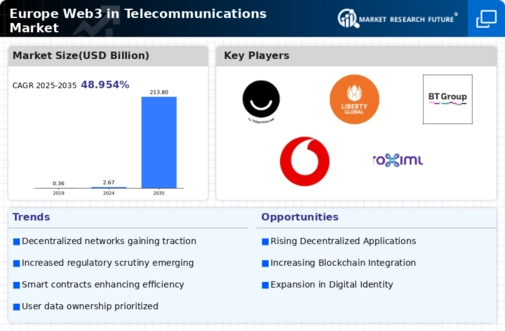

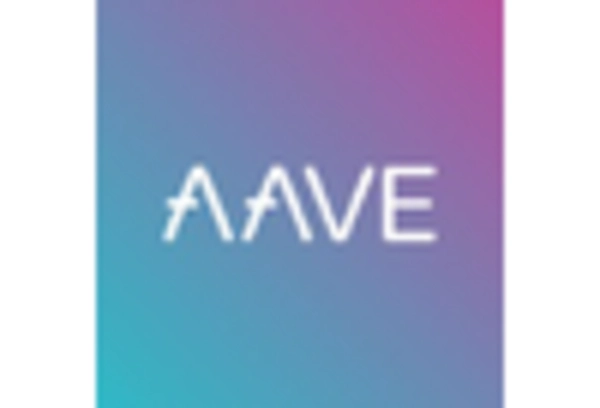
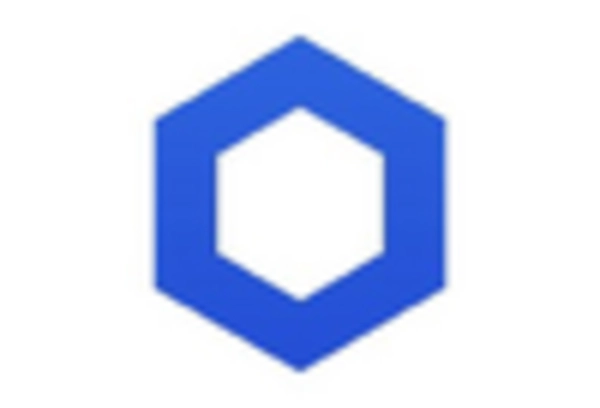
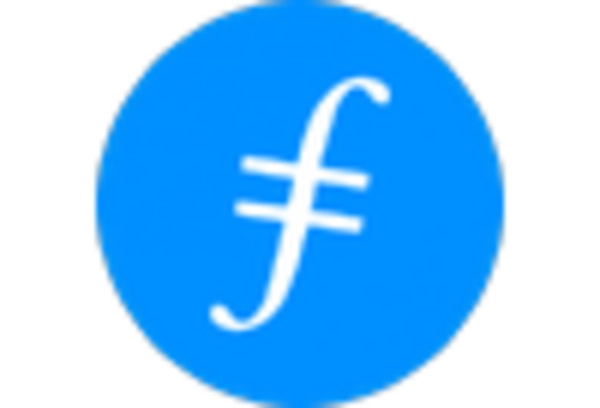

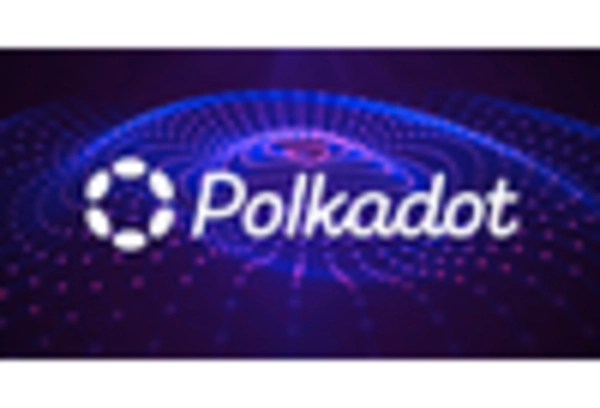
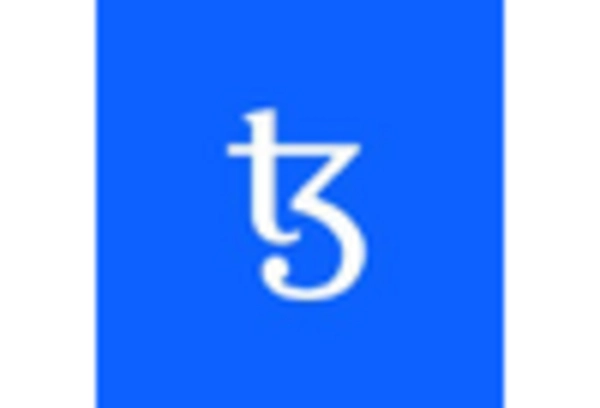








Leave a Comment